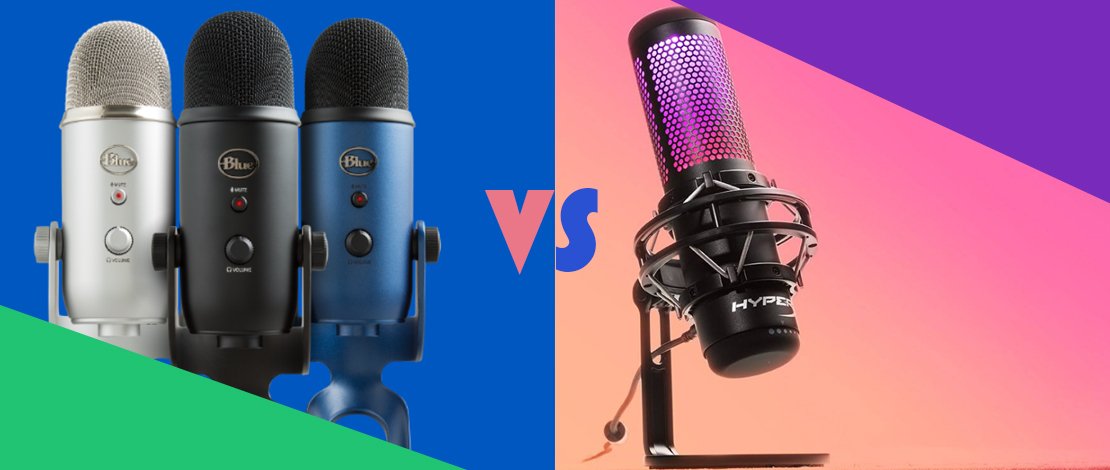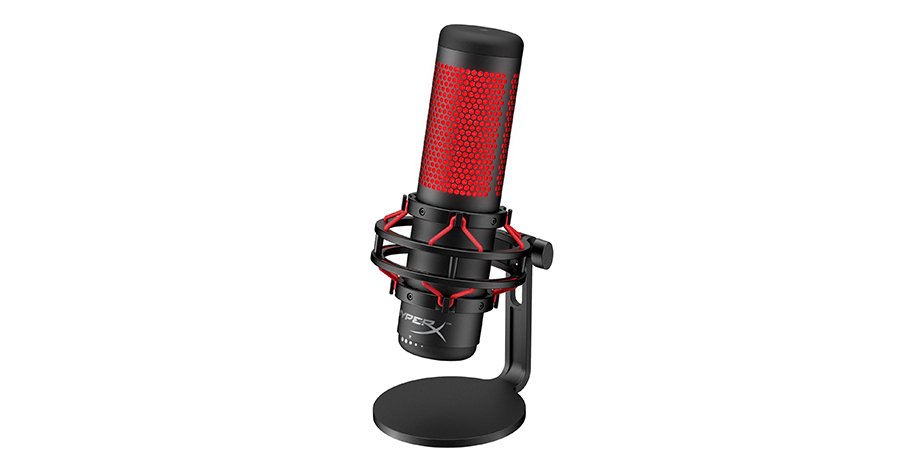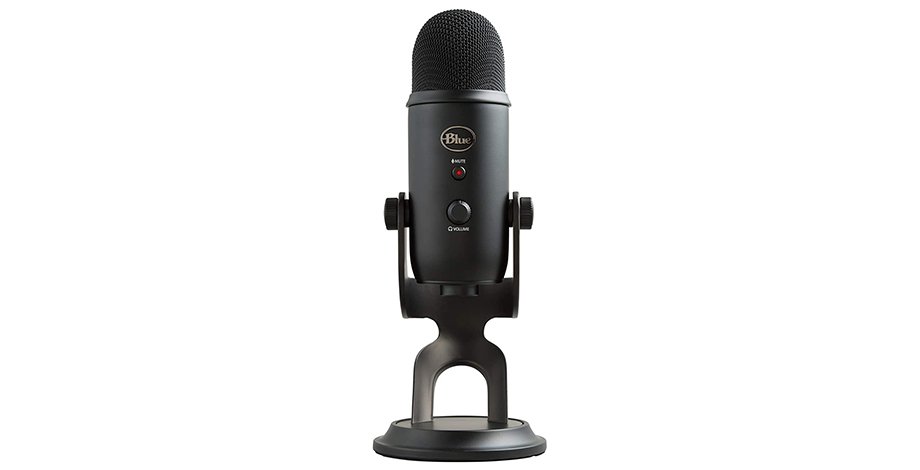Hyperx QuadCast vs Blue Yeti

If you’re building a new gaming or streaming PC, are planning to record high-quality Youtube videos, or you’re starting a new podcast, then you’re going to need a high-quality mic that doesn’t force your viewers to click away immediately.
In this review, we will compare two of the most popular and most used mics for all of the activities mentioned above – the HyperX QuadCast vs the Blue Yeti.
HyperX QuadCast

When you first look at the HyperX QuadCast, its design clearly indicates that this is a gaming microphone. Everything about its appearance screams “gamer”, as it looks pretty cool and even glows red while it’s active.
Aside from the look, its performance also allows gamers to feel comfortable knowing they have a reliable condenser microphone that will always produce high-quality audio recordings. The HyperX QuadCast is a multi-polar pattern condenser mic that allows you to change the detectable areas for the recordings.
You can choose between cardioid, bi-directional, omnidirectional, and stereo mode. This simply determines whether it can detect audio from just in front, left & right, from the back, or from all sides.
Everything about its design and features is made so that you can have an easy time controlling it while playing games, streaming, or doing podcasts. It has a mute button on top with an LED indicator, it comes with a shock mount for anti-vibration purposes, and has one of the most convenient gain control adjustment knobs that is basically the entire bottom section of the mic.
Pros
- Quality Build
- Built-In Headphone Output
- Multi-Pattern
- Shock Mount Included
- Great Design
- Very Convenient Control Knobs and Buttons
Cons
- LED always glows when the mic is on
Key Takeaways
- 4 Polar Patterns
- Compatible with Windows and Mac
- Mute Button Included
- 3.5mm Audio Jack
- 20Hz to 20kHz Frequency Range
- LED Sound Level Indicator
- Internal Pop Filter
Blue Yeti

You will probably be surprised by the number of similarities the Blue Yeti and the HyperX QuadCast have in terms of performance. However, it’s clear that the Blue Yeti has a more professional look, making it the perfect microphone for streaming or recording crystal clear audio for video podcasts as well.
But, this still doesn’t mean you can’t use it for gaming, as it’s also a multi-polar pattern condenser microphone that allows you to record from all sides similar to the QuadCast. Usually, for video recordings and talking to your teammates, the cardioid settings are best.
The frequency range on both the Blue Yeti and the HyperX QuadCast is the standard 20Hz to 20kHz with a 16-bit/48kHz sample rate. The Yeti also has a 0 latency headphone output, a separate gain and volume control knob, and a very convenient mute button.
One of the better perks of the Blue Yeti is the built-in analog to digital conversion feature, the built-in headphone amplifier, and a very sturdy build quality. However, all of this does make it a bit heavy but that shouldn’t be a problem as it is fixed on the mount most of the time.
Pros
- Built-In Headphone Output
- Built-In Amplifier
- Multi-Pattern
- Great Sound Quality
- Decent Design
Cons
- Shock Mount Isn’t Included
- Less Convenient Control Knobs
Key Takeaways
- 4 Polar Patterns
- Compatible with Windows and Mac
- Mute Button Included
- 3.5mm Audio Jack
- 20Hz to 20kHz Frequency Range
- Three Condenser Capsules
Conclusion
Keep in mind that both of these microphones are perfect for speech recordings but not for musical instruments. They may struggle for professional studio recordings even though they have outstanding quality voice audio recordings. This is mainly because they don’t provide as much headroom as studio mics do.
Lastly, you can find both for similar prices, the Blue Yeti usually being slightly more expensive. Normally, the two can cost anywhere between $150 and $200.